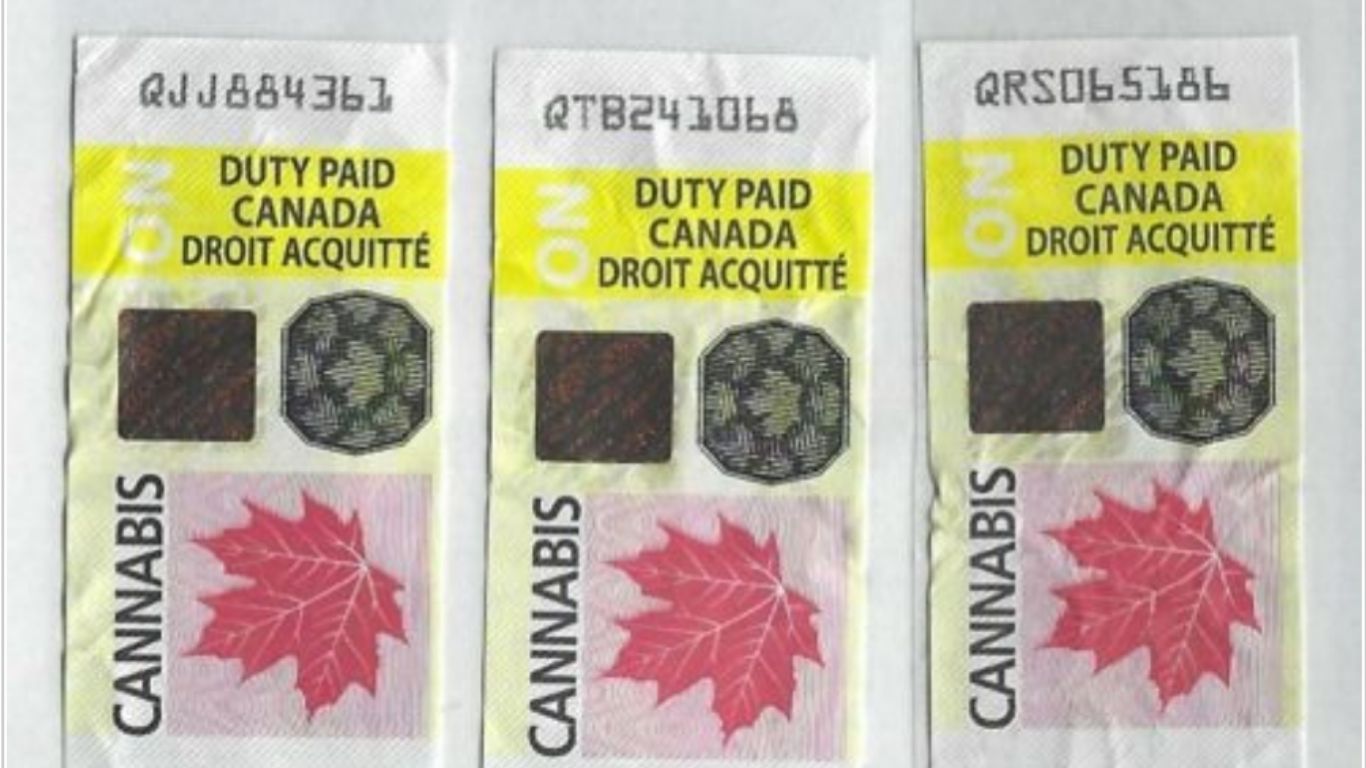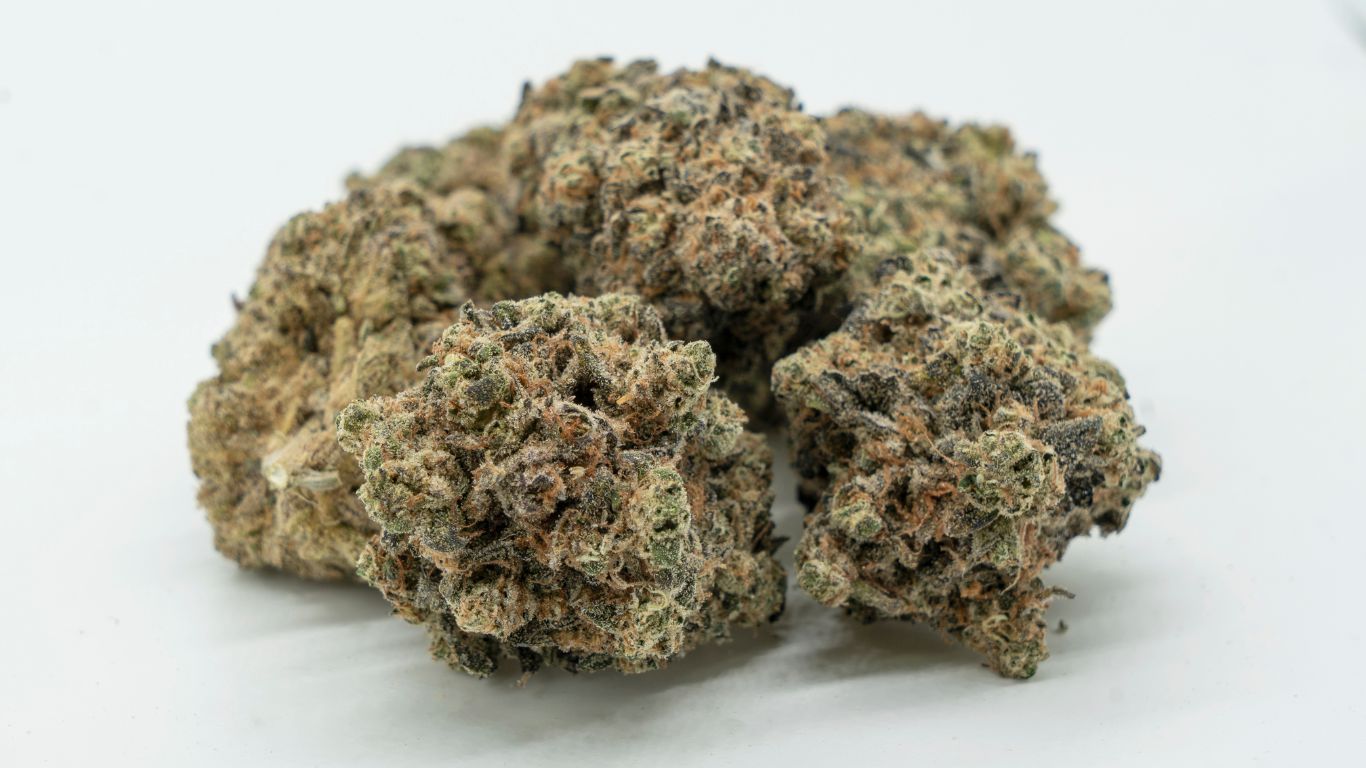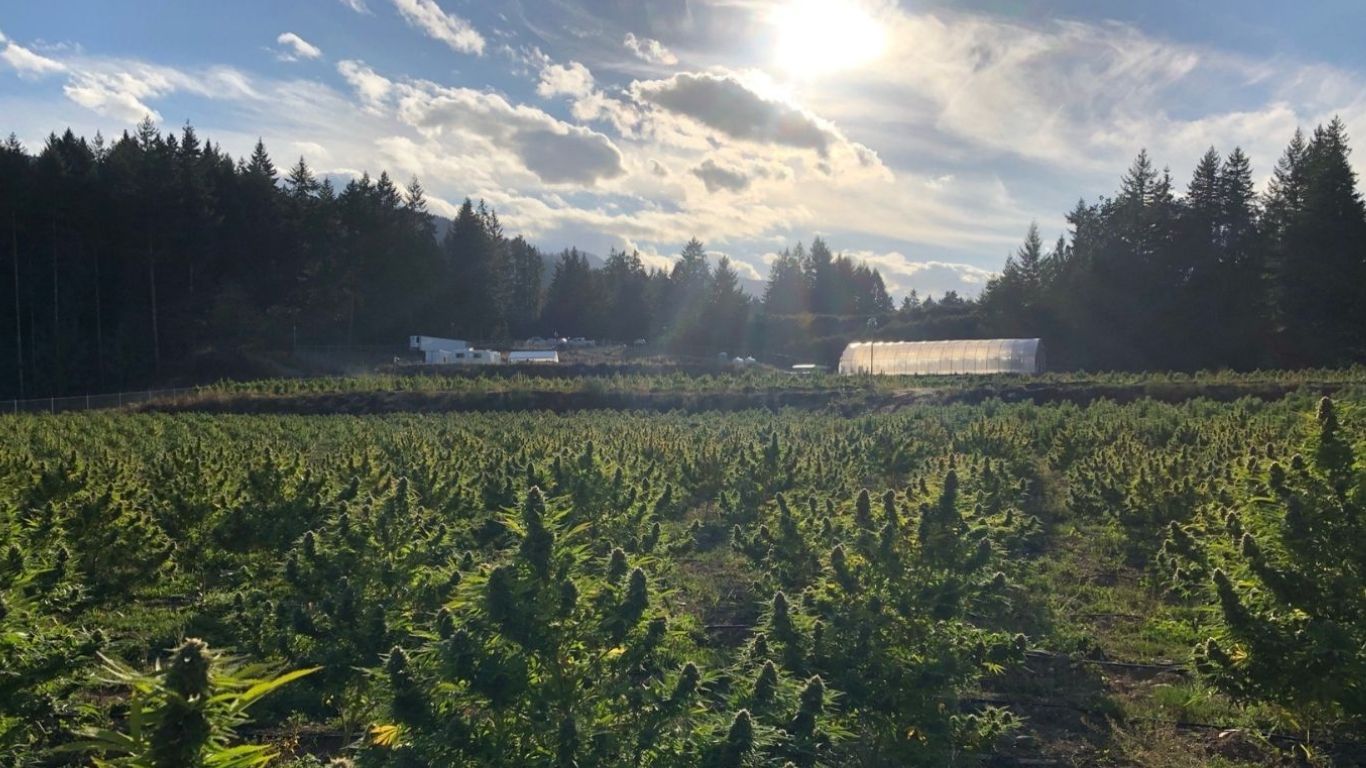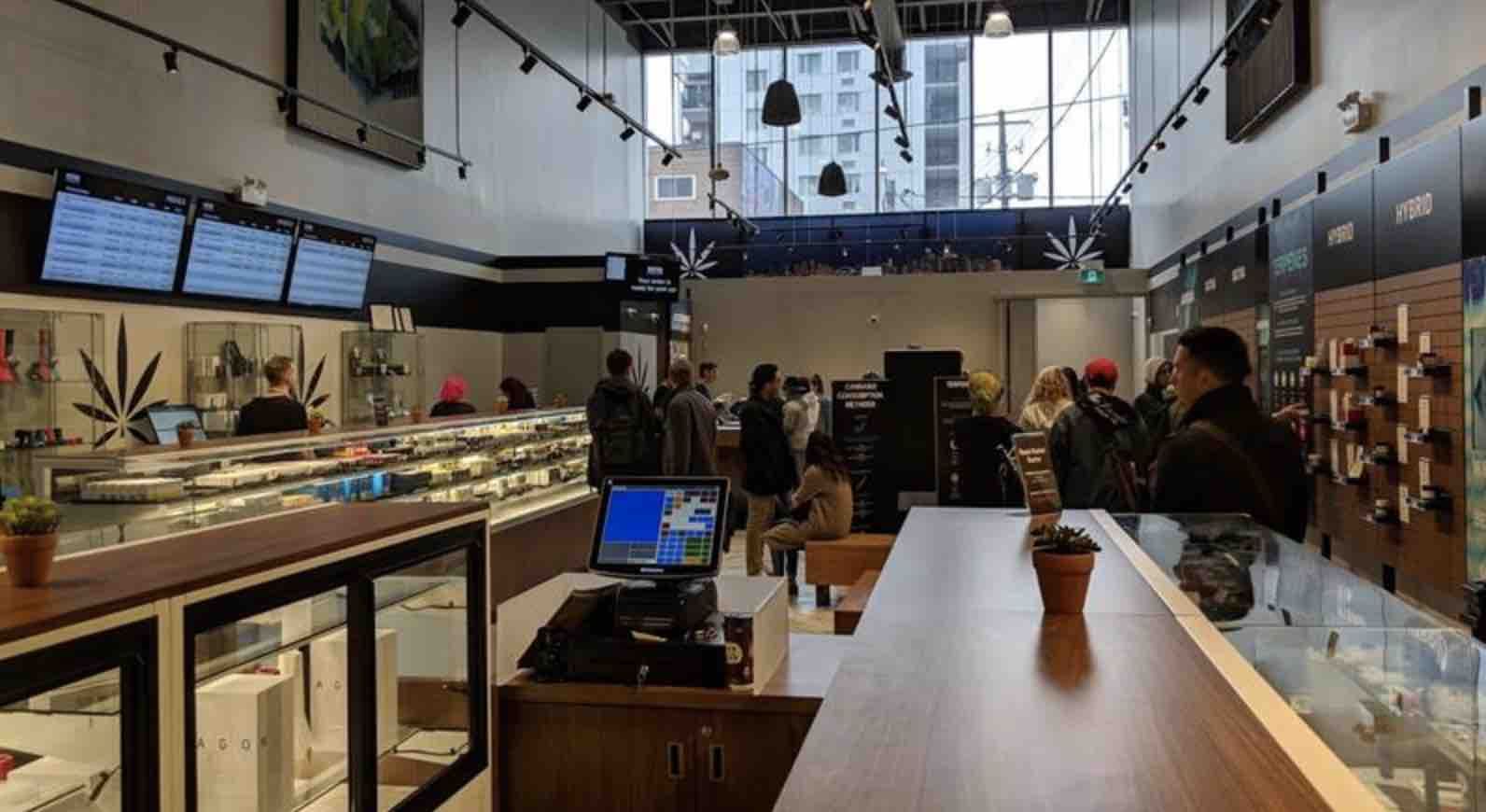
In Canada, cannabis is taxed at 10% of the dried flower selling price, or $1 per gram – whichever is higher. About 25% of this revenue goes to the federal government, and 75% to a provincial or territorial government.
This approach was intended to ensure flexibility. Now, some are saying the system is broken.
“If cannabis were selling at over $10 a gram, then the percentage formula would kick in,” says Dan Sutton, CEO at Tantalus Labs in Vancouver, BC. “But now we’re paying $1 in tax on $3.50 to $4.00 for a wholesale gram.”
The scale of the tax is bad enough, but because it is marked up and finally taxed again through its journey, the consumer is increasingly paying for markups, not actual goods. The big winners are the illicit players who have the competitive cost advantage.
George Smitherman, Cannabis Council of Canada (C3)
It could be argued that the federal government never anticipated a cannabis market where prices stayed at under $10 a gram for a long period of time.
“The intention was to prevent a phenomenon where we hit a dollar a gram, as happened in Oregon,” says Sutton. “With massive price compression and liquidation prices, the fear was that it would encourage consumption by young people.”
As it stands, some smaller producers see the excise tax regime as having rewarded big producers who can afford to weather the storm.
“Large firms are well funded, and for now they can operate at a loss,” says Sutton. “In my view, they would prefer to compete on price than quality. The Canadian cannabis industry is price competitive, but if price were the only issue, the regulated industry would have been more successful at eroding the illicit market.”
The government can argue that competitive pricing has resulted in a slow erosion of the black market. As of the third quarter of 2020, the illegal cannabis market was estimated to represent $754 million in sales, compared to $824 million in the licensed market. Nonetheless, many in the industry are still arguing that the tax regimen is helping to support the illegal market.
“The scale of the tax is bad enough, but because it is marked up and finally taxed again through its journey, the consumer is increasingly paying for markups, not actual goods,” says George Smitherman, President and CEO at Cannabis Council of Canada (C3). “The big winners are the illicit players who have the competitive cost advantage.”
An Appeal to Government
On February 19, 2021, Sutton from Tantalus Labs wrote a letter to Canada’s Finance Minister, Chrystia Freeland, requesting the elimination of the $1 a gram minimum excise threshold.
“I am writing today with a critical plea for help,” wrote Sutton, “as the current excise regime has become untenable for small businesses in cannabis cultivation.”
Sutton has also reached out to Simon Kennedy (Deputy Minister, Innovation, Science and Economic Development), Anne McClellan (former Minister of Justice), Bill Morneau (former Minister of Finance), and numerous officials in both the federal Ministry of Finance and at Health Canada.
Patients can’t see why their cannabis is so expensive, or why the quality of the product may not match these super-premium prices.
Kelly Seagram, Shelter Cannabis
“There is no other domestic industry that is taxed at a 20% to 30% topline rate, except perhaps oil and gas,” says Sutton. “Governments – both federal and provincial – think that large, well-capitalized, money-losing companies represent the industry. In fact, there are hundreds of small, independent, family-run businesses that provide employment and contribute to local economies.”
Not all of these businesses are hurting – there are some smaller cultivators who are making a profit. But among many, the difficulties are real enough.
Is the government listening?
“I expect that this issue will receive a lot of attention within the context of industry priorities for reform during the Statutory Review of Bill 45,” says Smitherman, referring to the federal law governing cannabis. “C3 certainly intends to make this a priority, as change is fundamental if we are to achieve our goal of eliminating the illicit market.”
Taxing the Patient
Participants in Canada’s medical cannabis market are also looking for a break from the excise tax.
“The specific amount of excise tax is invisible to the patient,” says Kelly Seagram, New Business Manager at Shelter Cannabis. “Patients can’t see why their cannabis is so expensive, or why the quality of the product may not match these super-premium prices.”
Seagram, who handles partnerships for Shelter Market, a medical cannabis marketplace, says that to the consumer it might appear that there are huge markups in the supply chain. This is because there is no patient visibility into the tax burden, which itself returns few benefits to the market.
“We’re not seeing medical cannabis support services being provided as a fair exchange from the provinces,” says Seagram. “An excise tax increases the cost of medicine, without contributing anything to the quality of the product itself.”
Alberta, Saskatchewan, Ontario and Nunavut place an additional provincial rate on top of the basic excise tax, which in turn distorts the pricing system for both recreational and medical cannabis.
“From our perspective, those provinces are receiving more than their fair share, and not providing value back to medical cannabis patients in return,” says Seagram.
The Canada Revenue Agency (CRA) has also complicated matters by requiring a province-specific excise tax stamp to be applied to each product by the licence holder releasing a product.
“So, as sellers of medical cannabis products who serve all thirteen provinces and territories, we either need to buy and manage separate, stamped inventory for each,” says Seagram, “or we need to come up with labor-intensive work-around strategies that add another round of handling, with an additional licensing and operational burden.”
Given that the supply chain costs for medical cannabis are higher, and the tax burden is exactly the same, it is very difficult to keep the retail price down.
“The CRA could allow medical cannabis sellers like Shelter Market to hold inventory of finished, released, shelf-ready medical cannabis products from other licence holders without excise stamps,” says Seagram. “That way, we could achieve a major expansion in the availability and variety of medical cannabis products.”
That’s an easy fix within the present tax regimen, but there is also an argument that the medical market should get a bigger break, given that recreational tax revenues are set to climb.
“The national government stands to reap the increased revenue from a growing market,” says Smitherman from C3. “This revenue growth can offset needed adjustments to the tax, as well as the elimination of the tax on medicine.”











